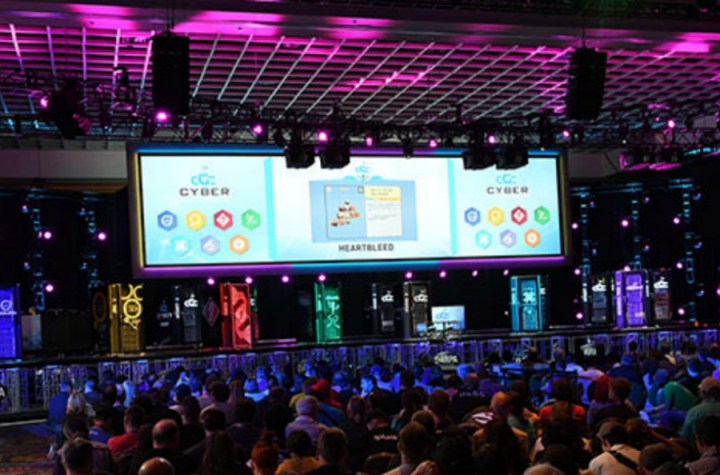
Mayhem is the creation of Carnegie Mellon professor David Brumley and two of his graduate students. In the DARPA contest, called the Cyber Grand Challenge, the competitors had two tasks: Fix and defend assigned server software and hack the server code assigned to other teams. The purpose of the contest, which awarded a total of $4 million in prizes, was to encourage the automating computer security tasks. DARPA states the primary focus is the development of defensive software, MIT Technology Review reports.
Fresh from the bot battle, Brumley and his company are adopting Mayhem for commercial applications, intended to find flaws in internet firmware, starting with, but not limited to, routers. In 2016 the group tested some parts of Mayhem’s code with nearly 2,000 router firmware images. In the course of testing, the code found that more than 40 percent of the routers had at least one vulnerability including 14 that had never before been detected and were involved in 69 separate software builds.
One of the biggest challenges with internet device vulnerabilities is chasing down and updating products from past product cycles. The promise of Mayhem is its potential to both detect and repair or defend against vulnerabilities quickly. One example is a botnet — a large number of computers or devices, often in the tens and hundreds of thousands, that are unknowingly recruited for malicious purposes by computer malware. When each of the multitude of devices is directed to make multiple, rapid requests of a single website in order to overwhelm servers and effectively shut down the site, it’s called a “distributed denial of service” (DDoS) attack.
After last October’s massive DDoS attack using vulnerability in smart home web cameras, the need for better screening and protection was underscored, particularly in devices purchased by less-knowledgeable users.
Mayhem’s job will be to find and patch immediately. “Now when a machine is compromised it takes days or weeks for someone to notice and then days or weeks — or never — until a patch is put out,” Brumley said. “Imagine a world where the first-time a hacker exploits a vulnerability he can only exploit one machine and then it’s patched.”
Answering concerns that human security experts will still want to check the work of defensive bots, according to Brumley even the United States government still wants to have a “human in the loop.”
“I’m not against that, but I feel that it slows down the process,” Brumley said.



